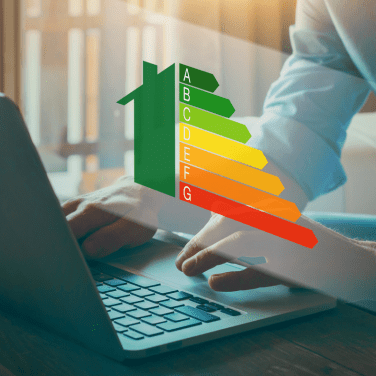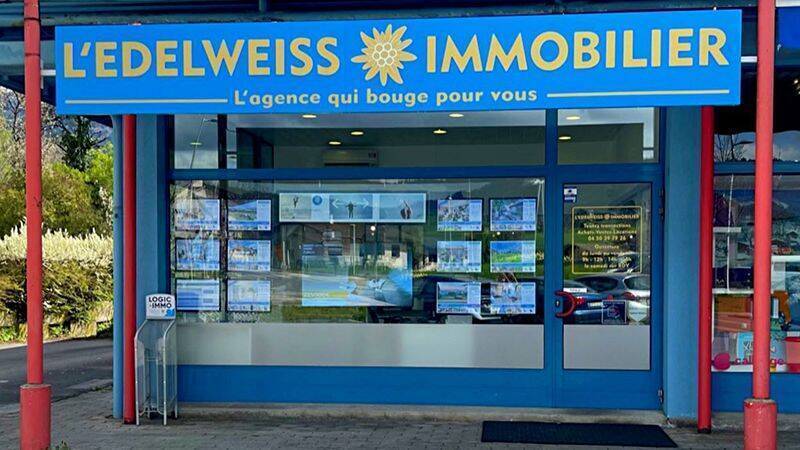The term "thermal sieve" is often used in the context of energy efficiency in buildings. Find out how it is defined and what the regulations are.
The term "thermal sieve" also known as "energy sieve" is often used in the context of building energy efficiency, to describe poorly insulated constructions where heat easily escapes through walls, windows, the roof, or other parts of the structure. Discover its definition, regulations, and how to recognize a thermal sieve.
Definition
A thermal sieve refers to a building or structure that exhibits very poor thermal insulation, thus resulting in a leakage or loss of thermal energy. In other words, it does not effectively retain heat and thus contributes to poor thermal insulation.
In the context of building energy efficiency, the term "thermal sieve" is often used to describe poorly insulated constructions where heat easily escapes through walls, windows, the roof, or other parts of the structure. These thermal sieves can lead to energy overconsumption for heating or cooling, resulting in higher costs for occupants in terms of energy bills and increased environmental impacts.
To remedy a thermal sieve, measures for insulation and improvement of energy efficiency can be implemented, such as installing insulating materials, replacing inefficient windows, sealing air leaks, and other renovations aimed at reducing heat losses.
The goal is to optimize energy efficiency of the building, thereby reducing energy losses and having a lower carbon footprint. There are several assistance programs for energy renovation of a thermal sieve including:
-
My renovation bonus,
-
My serene renovation bonus,
-
Éco-loan at zero rate,
-
Booster device,
Regulations

In a number of countries, regulations have been put in place to remedy the problem of heat leakage. These regulations are generally aimed at improving the energy efficiency of existing buildings and reducing their environmental impact. This can include strict standards for insulation, heating, ventilation and other aspects of energy consumption.
In France, homes categorised as "thermal flats" with a G+ label have been off-limits to tenants since 1 January 2023. These properties are assessed using the Diagnostic de Performance Energétique (DPE). In order to be rented out, the final energy consumption of a property must be less than 450 kWh/m²/year. This measure applies only to new rental contracts entered into on or after 1ᵉʳ January 2023.
There is a timetable for banning rental properties, and certain dates have already been set, including 2025, when G-labelled properties will be banned from rental, followed by F-labelled properties in 2028.
From 1ᵉʳ January 2024, renovation grants will change. Households on modest incomes will receive free support from a certified professional in order to qualify for grants to finance energy renovation. All households will be eligible for assistance of up to €2,000. The aim is to encourage people to carry out energy-efficient renovations in order to qualify for financial aid.
How do you identify a thermal strainer?
All homes with a DPE (Diagnostic de Performance Energétique) rating of F or G are considered to be heat sinks.
As a general rule, homes considered to be heat sinks have the following characteristics:
An energy assessment carried out by a professional can identify problem areas and provide recommendations for improving the building's energy efficiency.
Would you like the support of a real estate professional for your property project? The estate agents at Edelweiss Immobilier are here to help you and do everything they can to make your plans a reality. Edelweiss Immobilier is the agency that moves for you in Savoie and Haute-Savoie.
- Insufficient insulation: Poorly insulated windows, doors, walls and roofs can contribute to significant heat loss.
- High energy bills: Poorly insulated buildings generally have higher heating or cooling costs, as the system has to work harder to maintain a comfortable temperature.
- Feeling excessively cold or hot: If the inside of a building is uncomfortable in terms of temperature, this may indicate insulation problems.
- An ageing structure: Older buildings or buildings made of poor quality materials sometimes insulate less effectively than more recent constructions.



